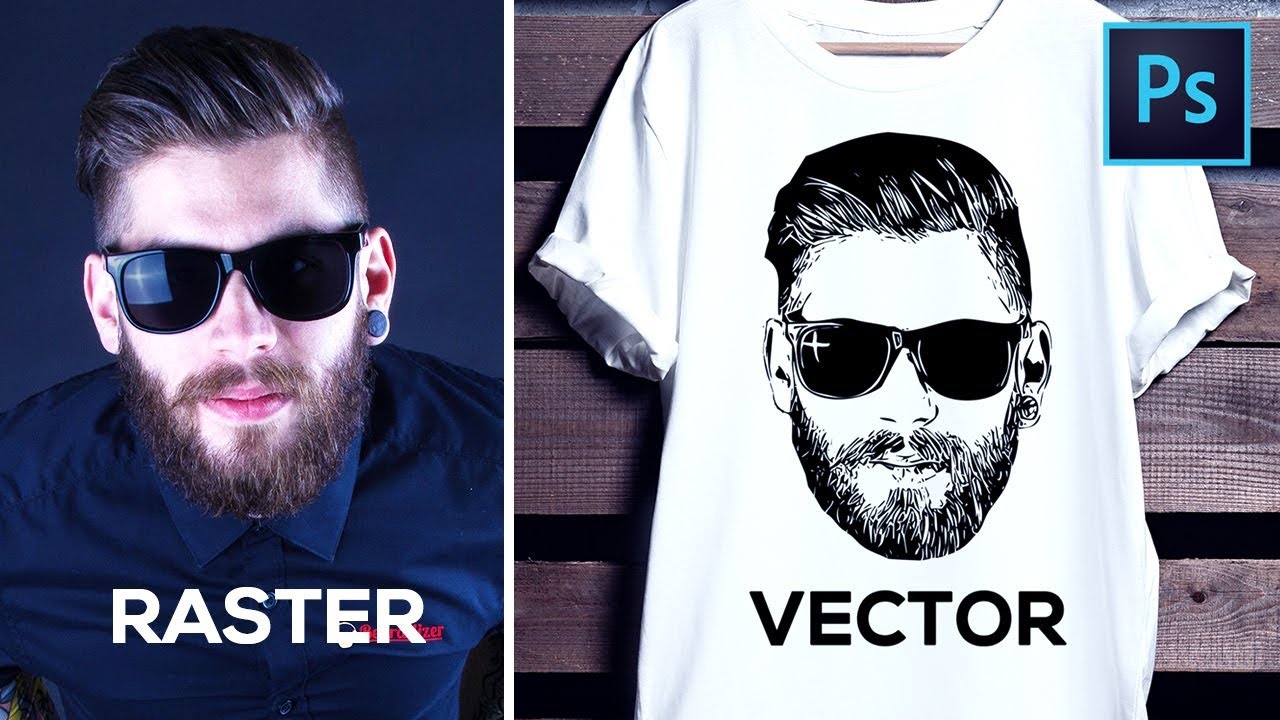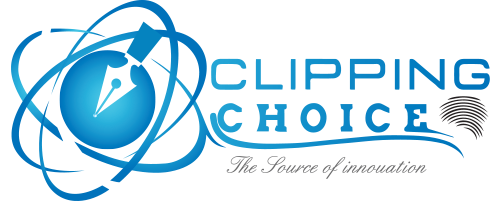
Raster to Vector conversion Service
Raster to Vector conversion services
Raster to Vector (R2V) Conversion is the common term of converting for logo and artwork by Adobe Illustrator, Flash Animation in Macromedia Freehand and also for 3D Design in Auto CAD (Computer Aided Drawing) for mechanical, civil engineering, and architectural 2D & 3D vector drawings.
In computer graphics, image tracing, raster-to-vector conversion or vectorization is the conversion of raster graphics into vector graphics. Raster to Vector (R2V) Conversion is a creative graphics & CAD design option which requires the designer to manually replace vector drawing with various lines, border, rectangular, square, round-shaped, oval-shaped, etc.
Major categories of R2V conversion
- JPEG, PNG, PSD, TIFF, PDF, etc. to vector conversion,
- Vector line drawing
- Vector artwork drawing
- Vector floor plan drawing (CAD Drawing)
- Vector map drawing
- Vector product drawing
- Vector logo design service
Raster to vector conversions services offered by Clippingchoice.com has the following advantages:
- Production of digital formats through raster to vector conversion services as per user requirement which can be easily editable at customer end
- Segregate special objects from the drawing/map and place them in separate layers as per requirement
- Accuracy of conversion with high priority to dimensional accuracy while conducting raster to vector conversions
- Utilization of blocks/attributes for raster-vector conversion to capture the different type of objects such as door, windows, sanitary fixtures, electrical and lighting fixtures, etc. and their related data to maintain uniformity in drawings.
- The ClippingChoice team comprises of qualified engineers, with experience in wide areas of expertise including raster vector conversions. Rasters are pixels with color values. You must have noticed when you scale up or zoom in to images, they ‘tear’ up – that’s basically because the image is made of pixels and is resolution-dependent. Vectors, on the other hand, are mathematical curves that are resolution-independent. You can manipulate them at any size. There may be times when you need to import images and graphics into a graphics program for design (logos, artwork, print, etc.) – converting which to vectors gives better control. Some software has conversion algorithms but the best results are often when done manually – which can be a tedious process.
You may also interested:




